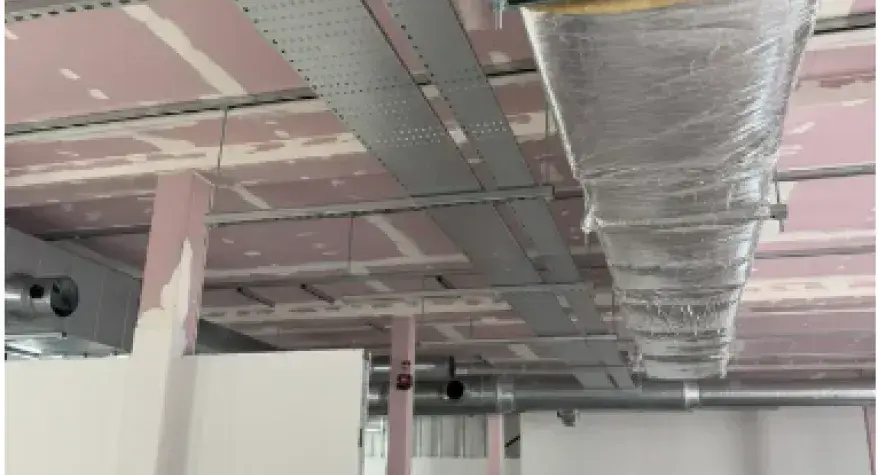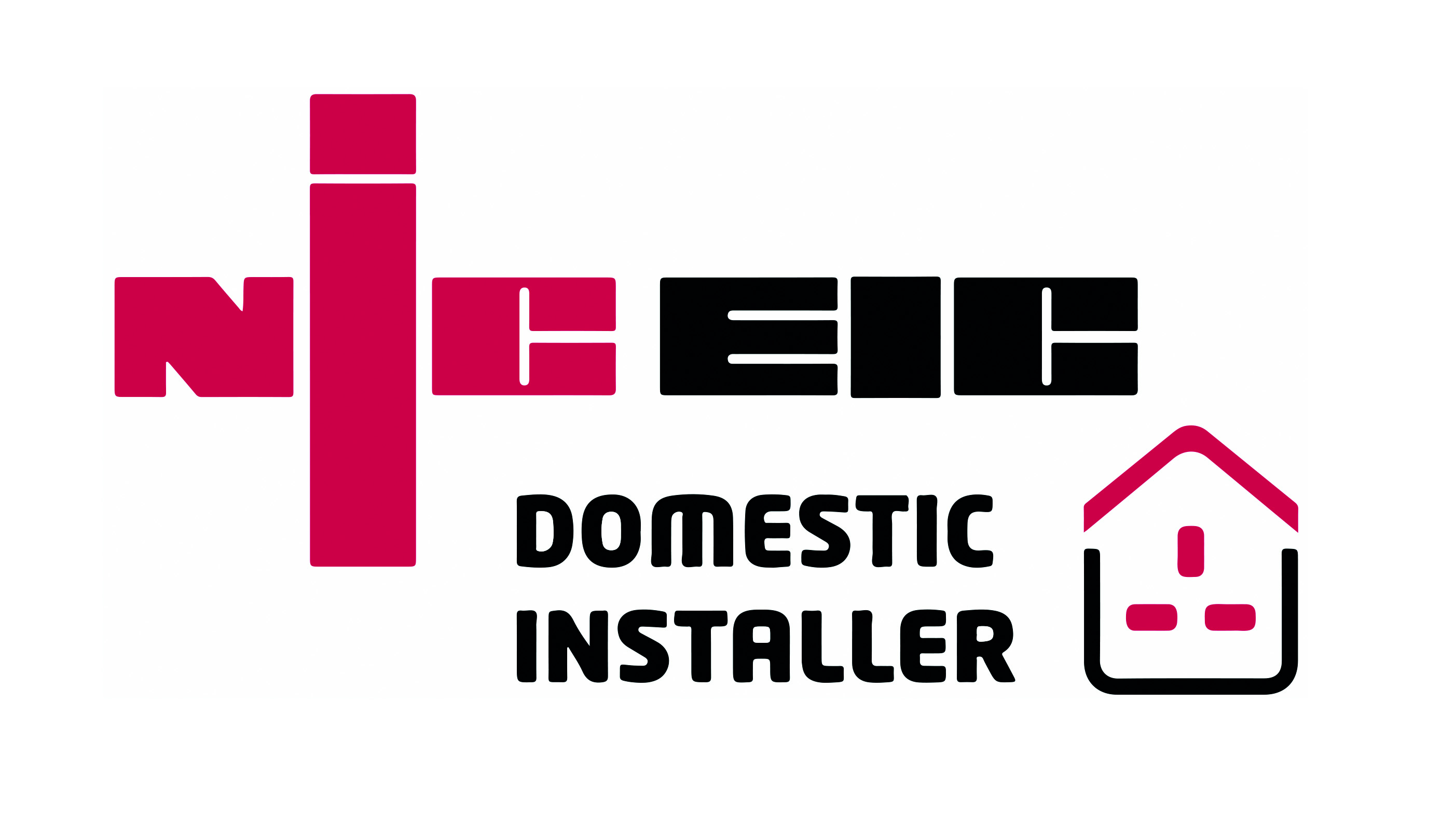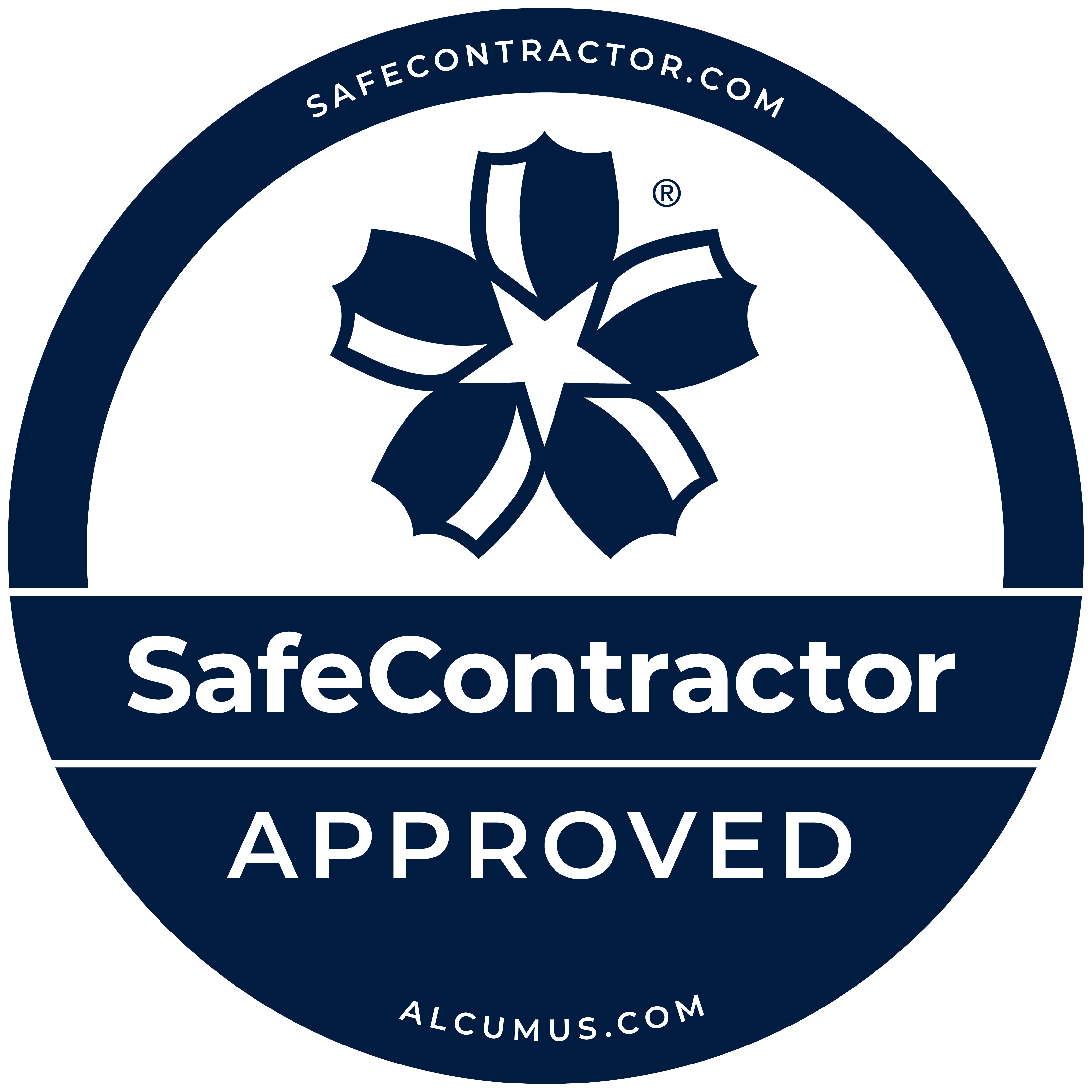Sensible and effective project management makes all the difference when in comes to a multi-trade project. This blog will explain Why We Modified Our Brackets For Another Trade - and how that ensured the success of the whole project.
Why Project Management Matters - MPS Group Services Ltd
I watched contractors fail the same way repeatedly.
As a principle contractor Project Manager, I'd bring electrical contractors onto projects and they'd focus entirely on their own scope. Their deliverables arrived late. Their communication with clients was minimal. When coordination problems emerged with other trades, they'd install per their drawings and leave someone else to sort the mess.
I kept thinking: we could do this better.
That frustration became MPS Group Services. The gap wasn't technical capability. It was understanding what clients actually needed beyond the installation itself.
Project Management: The Weleda Test
Weleda's new production facility in Ilkeston proved whether that hypothesis held up.
This wasn't standard commercial work. We were dealing with ATEX rated rooms for handling volatile pharmaceutical materials, clean rooms with strict contamination protocols, and tight integration with existing production systems. The pharmaceutical industry handles explosive risks daily. Getting the electrical specification wrong doesn't just fail compliance. It compromises operational safety.
Most electrical contractors would price from the drawings and show up to install.
We walked Weleda's existing production facility first. Saw what ATEX equipment they already used. Understood their operational flow. Then walked the new space room by room, mapping requirements against their completion deadline and working backwards.
That early visibility changed everything.
Managing The Ceiling Void Problem
The mezzanine floor was existing. The pharmaceutical ventilation system required specific routing. The ceiling void above the suspended ceiling had maybe 100mm of tolerance.
Our containment runs, the HVAC pipework, data cabling. All fighting for the same constrained space.
We produced a design layout. Then reality hit during installation.
A traditional contractor installs per drawing. If other trades can't fit their services afterwards, that's not their problem. The margin for error in high-density zones like ceiling voids is often less than 1000mm between MEP systems and structural elements.
We did something different.
Where space was limited, we modified our hanging brackets to accommodate additional pipe runs and data containment. The original drawings showed separate runs. If we'd installed exactly as specified, there would've been no room for the other services.
Our engineers coordinated with the other contractors on-site. Found solutions that worked for everyone. Made the calls in real-time.
The Trust Question - Project Management Matters
Making those modifications without constant approval requires something most contractors don't have on day one: trust.
We had it because I'd been embedded in the project before MPS even won the electrical contract.
Weleda brought me in initially for CDM support. My background in construction project management meant I could provide Principal Designer guidance. I walked through the entire design process from that perspective.
When the electrical contract came up, I wasn't arriving cold with a price. I'd been involved in every design decision. Understood the operational requirements. Had already built the relationship.
That dual role gave us an advantage no competitor could replicate. We weren't receiving plans to price. We'd helped create them.
What Changed
Weleda's happy with the project. Our support delivered what they needed.
But internally, we learned something critical: better logging of time and materials through our Simpro process. Managing certain project phases from an internal perspective needed tightening.
The technical delivery proved our founding hypothesis. The customer service approach, the proactive coordination, the embedded partnership model. It works.
Now we're refining the operational backbone that lets us scale it.
When potential clients ask what makes MPS different, I tell them about those ceiling void brackets. About choosing to solve the whole project's problem rather than just our scope.
That's what functioning as an extension of their team actually looks like. Not a tagline. A decision made in a tight ceiling void when no one's watching.
Want to learn more about our project management services? Contact us today.




